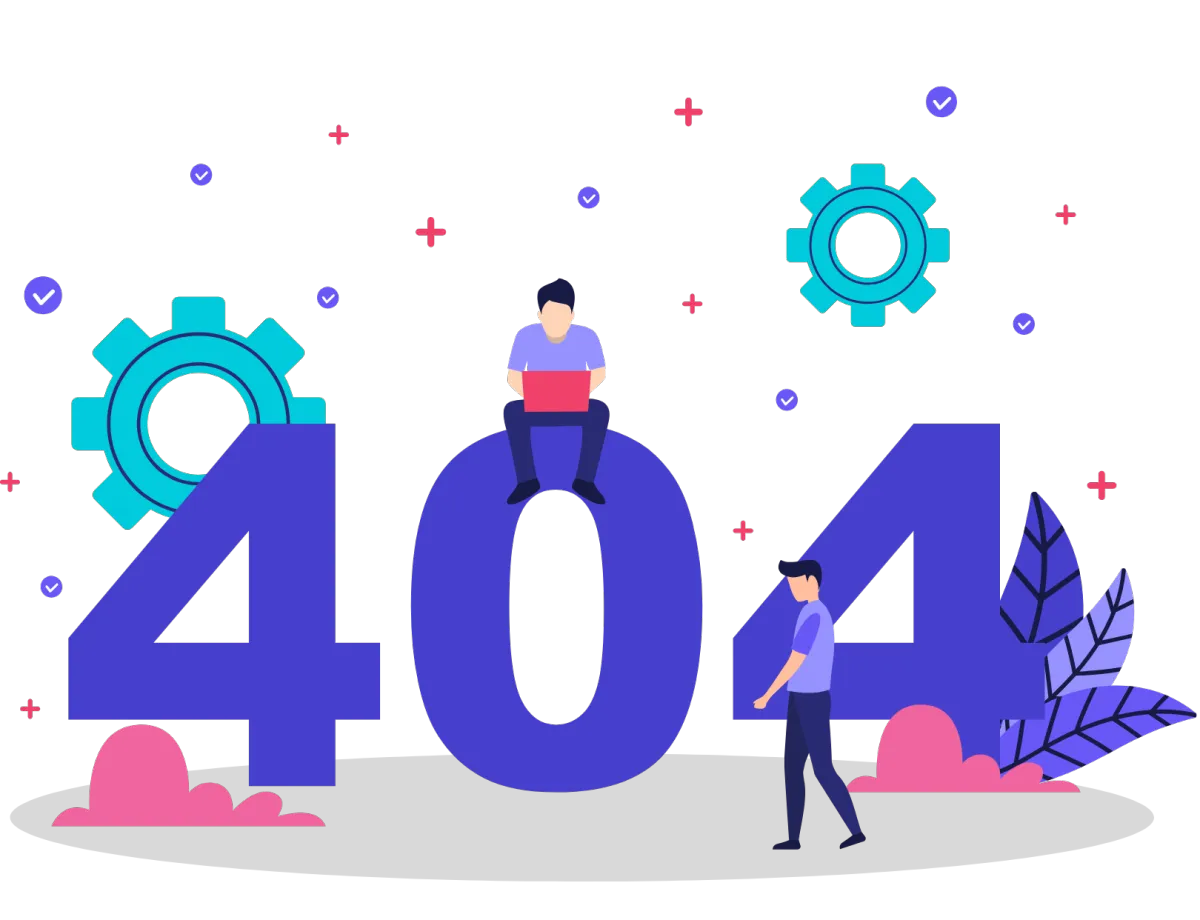
Oops…
This Page Didn’t Make It Into the Funnel!

It looks like the page you’re searching for has gone off track — but don’t worry, we’ll get you back on your success journey.

Download BNC inter app
Click the link below to download the BNC mobile App now!
Get the free course now
You can now get the free 3 things to monetize course now when you download tthe mobile app
start your free 7 day trial now
You can now start your free 7-day trial witth the BNC io
0%
Clients Satisfaction
0+
Countries with clients
0+
Number of Clients
0+
Entrepreneurs using BNC io

FOLLOW US
Copyright 2025. BNC INTERNATIONAL. All Rights Reserved.